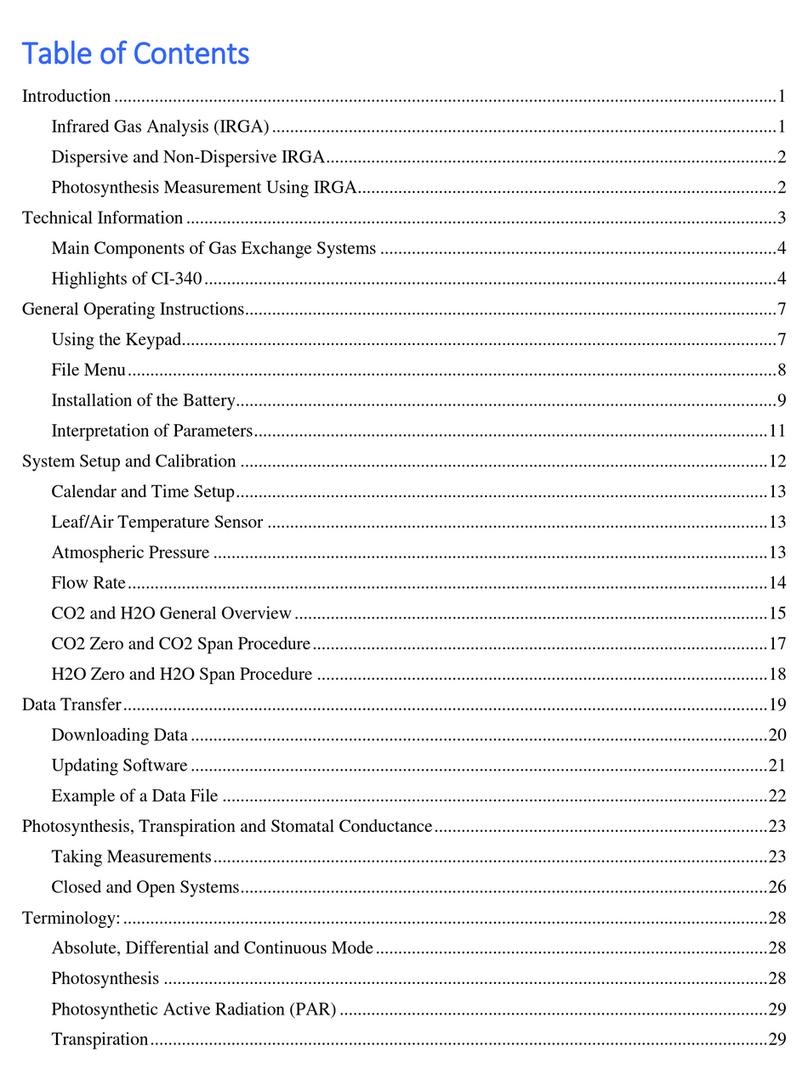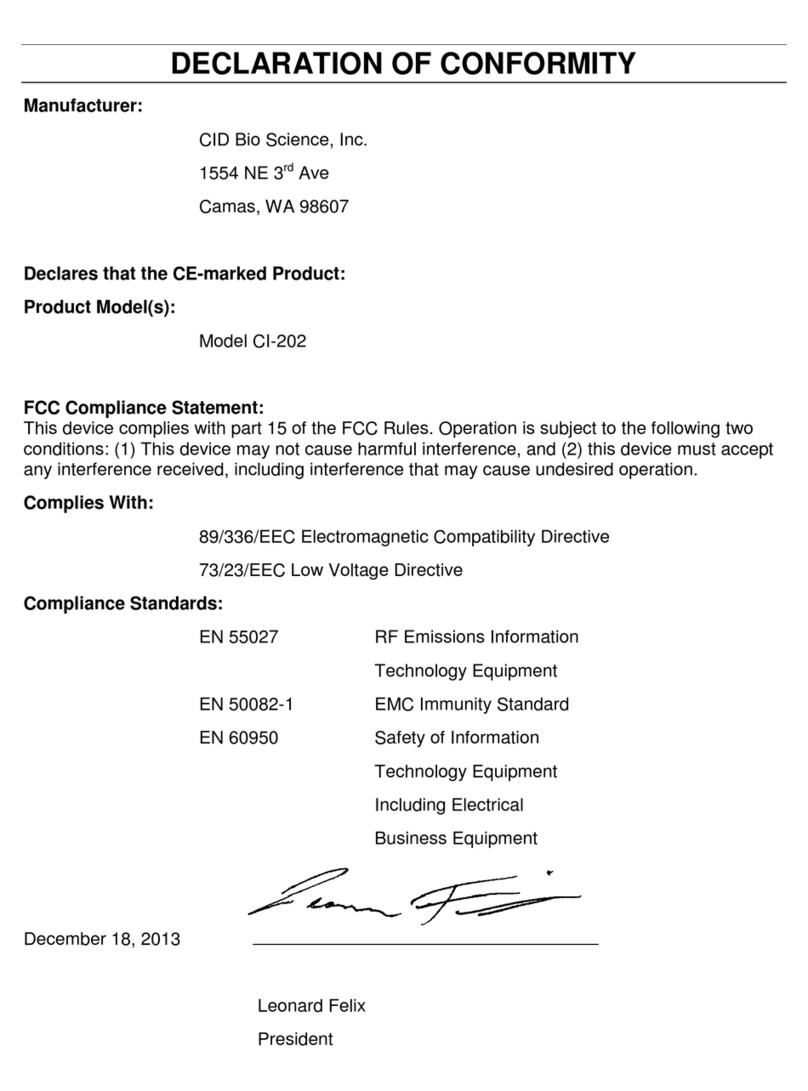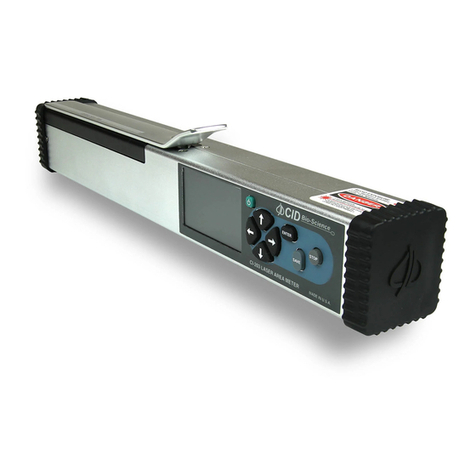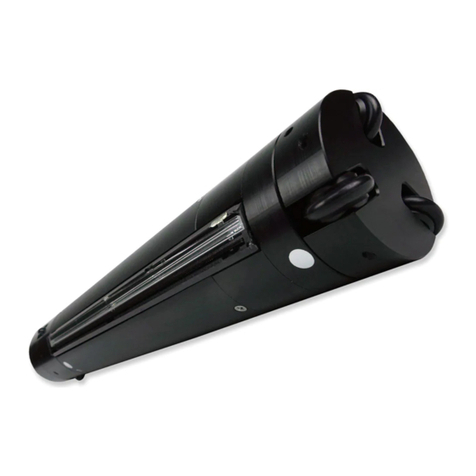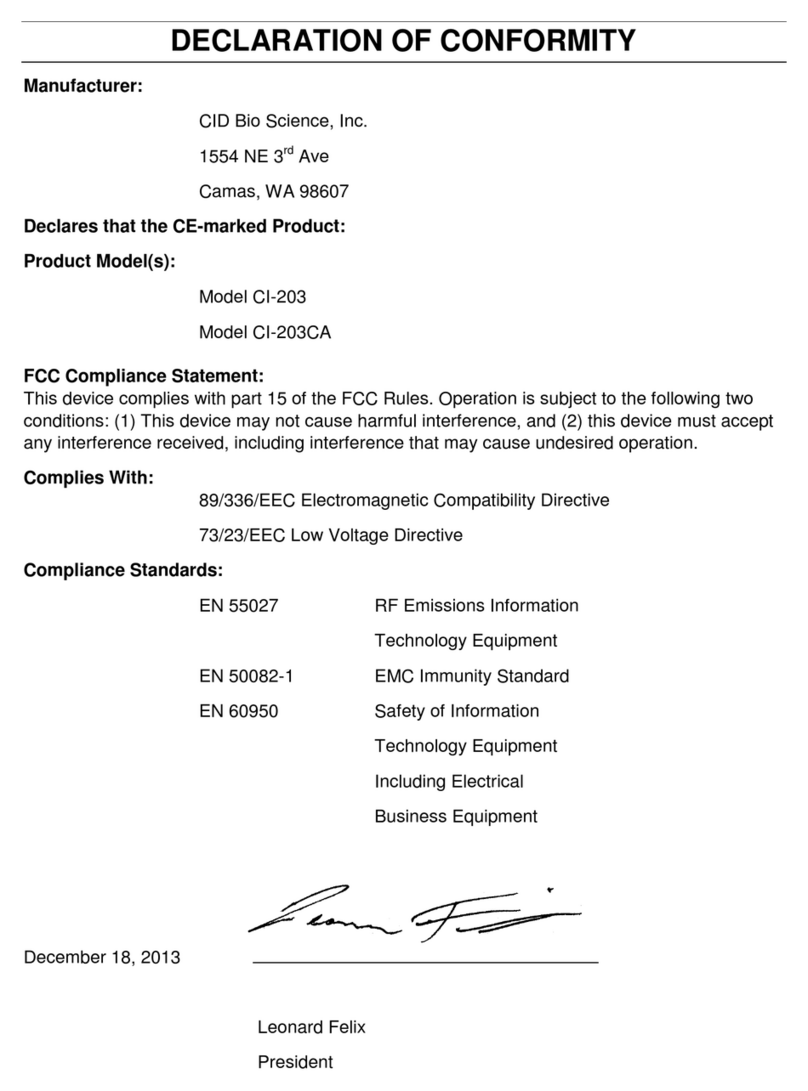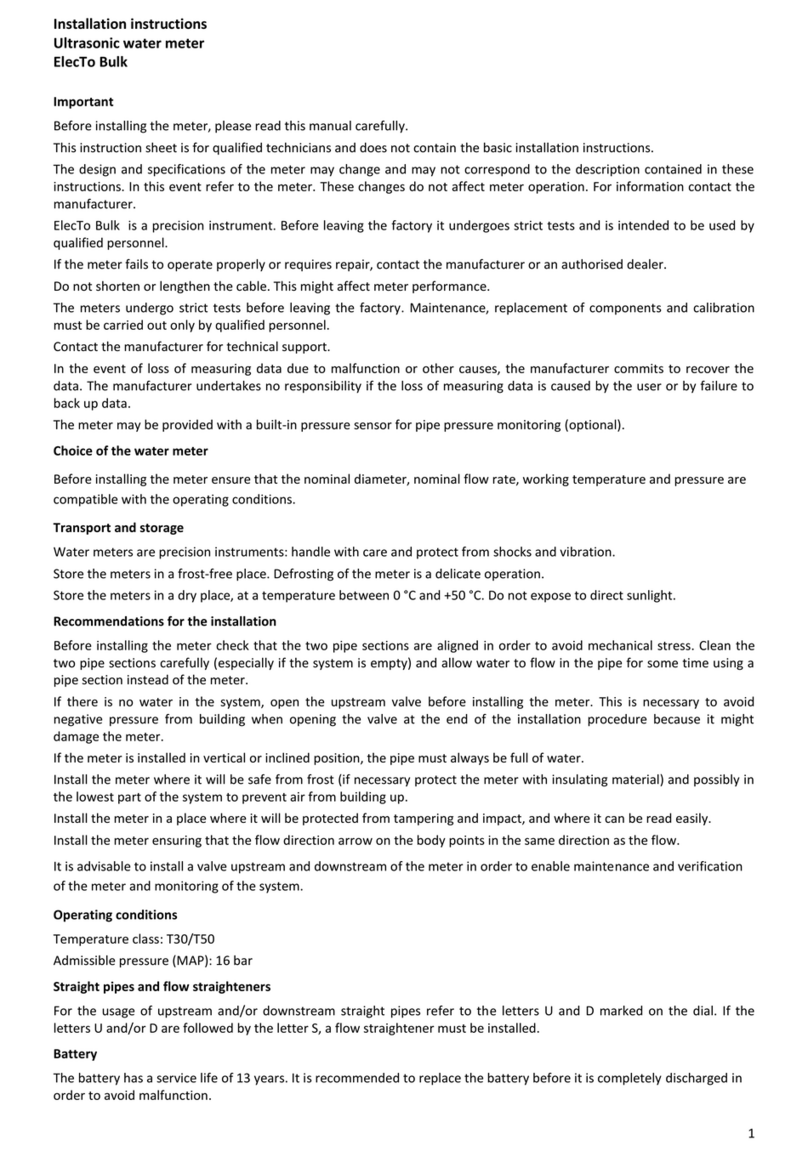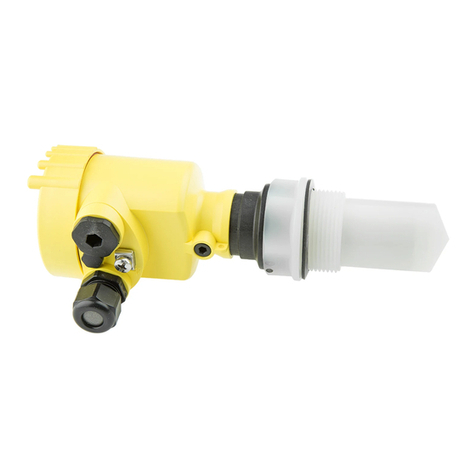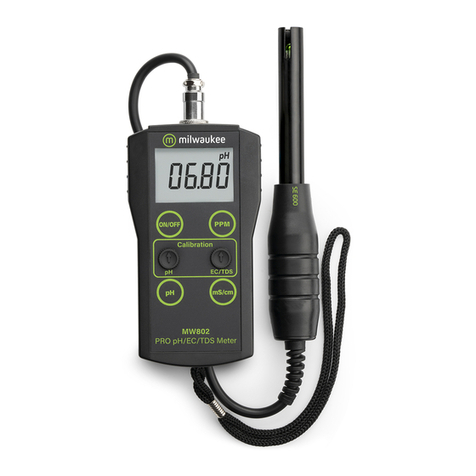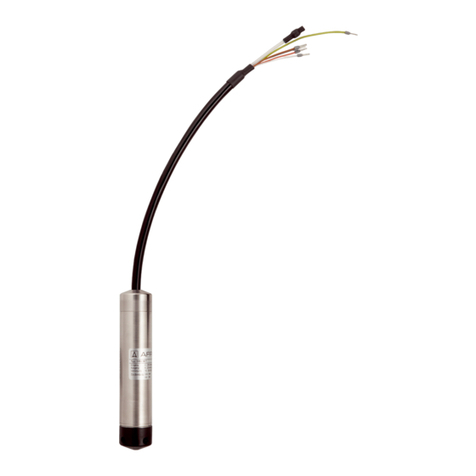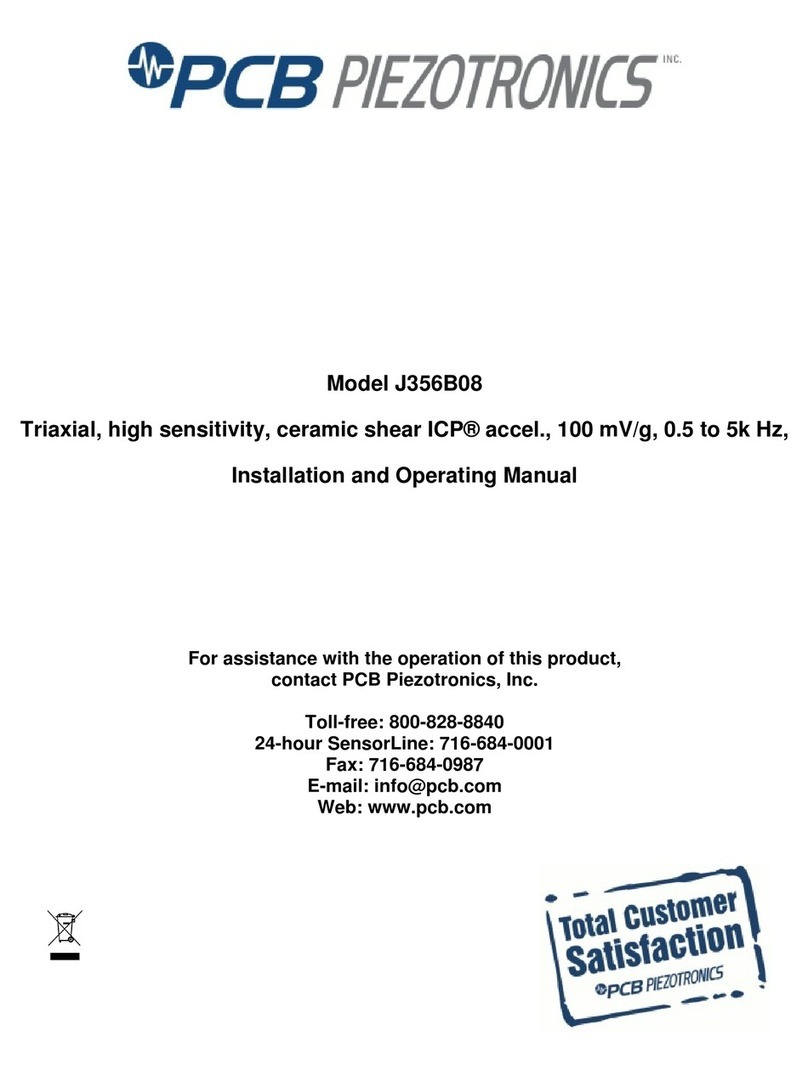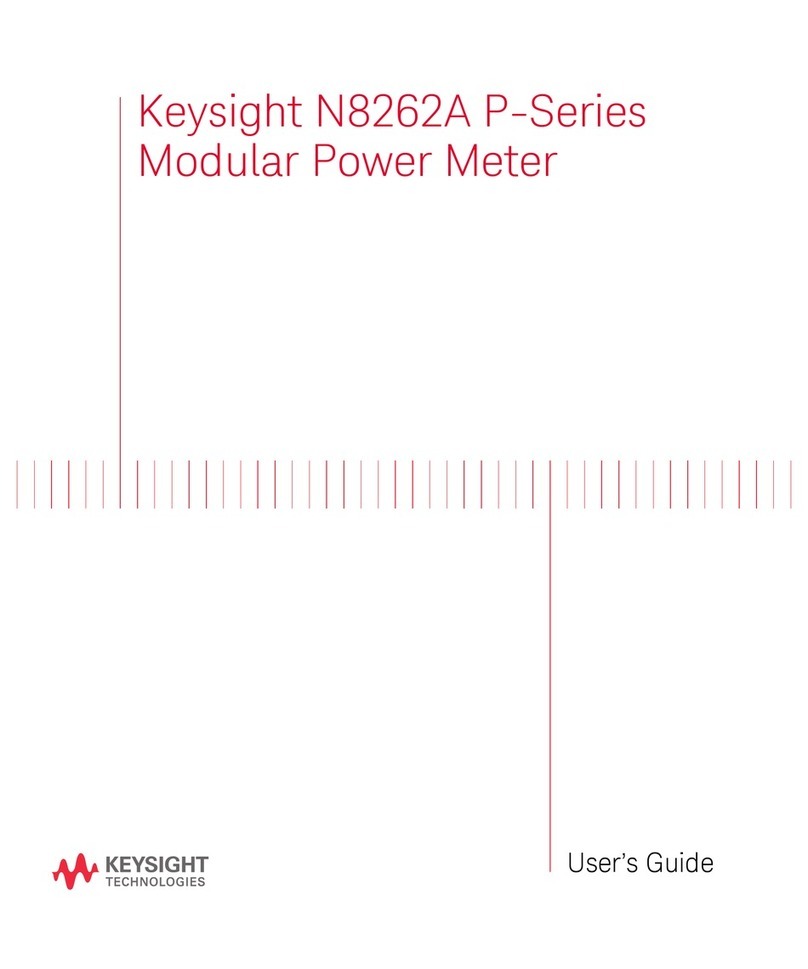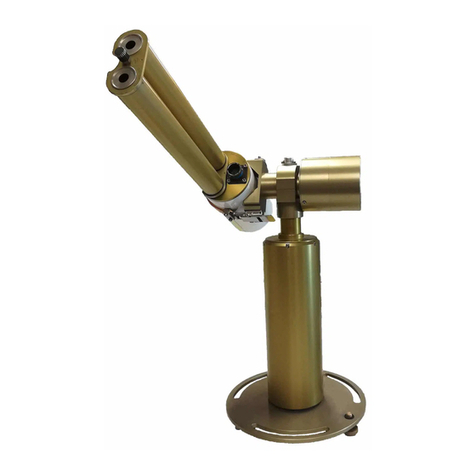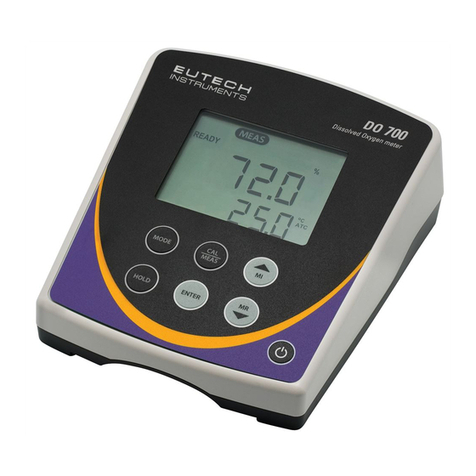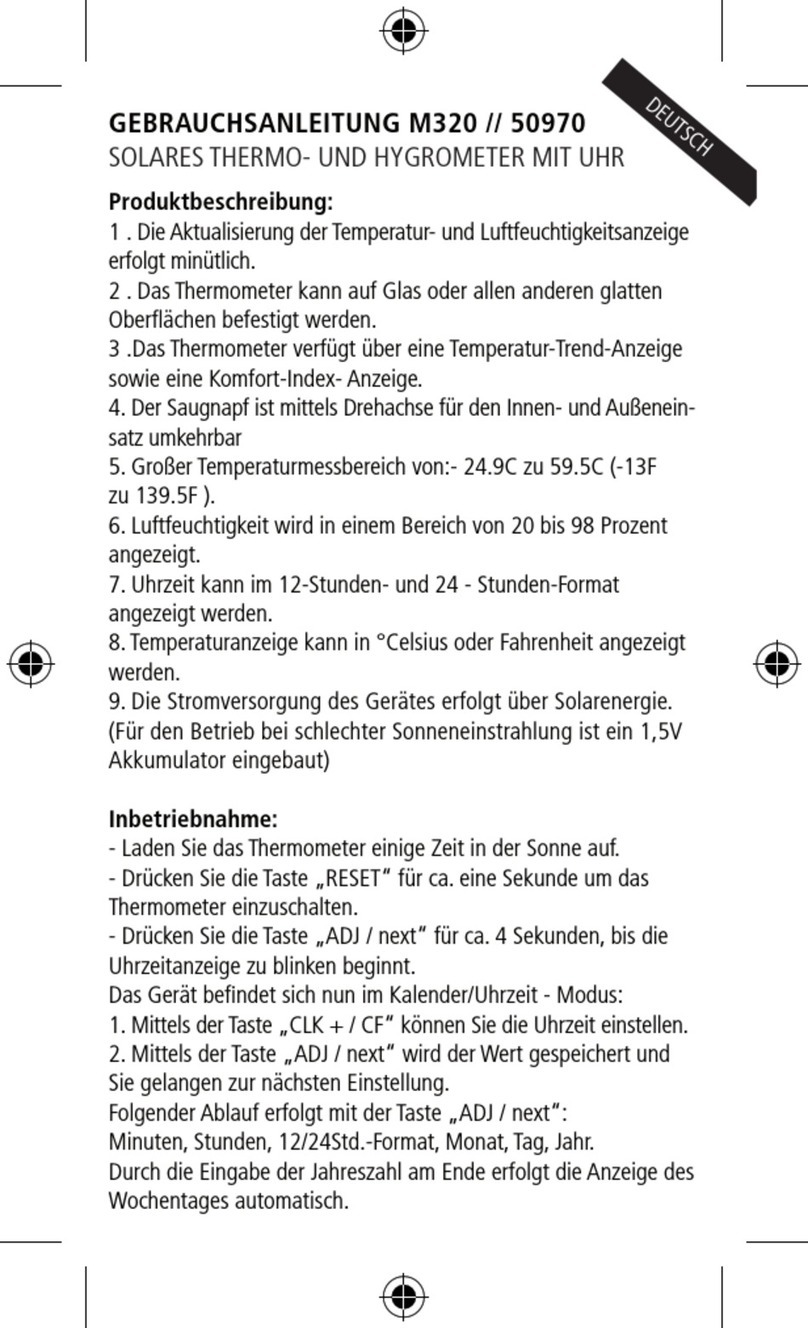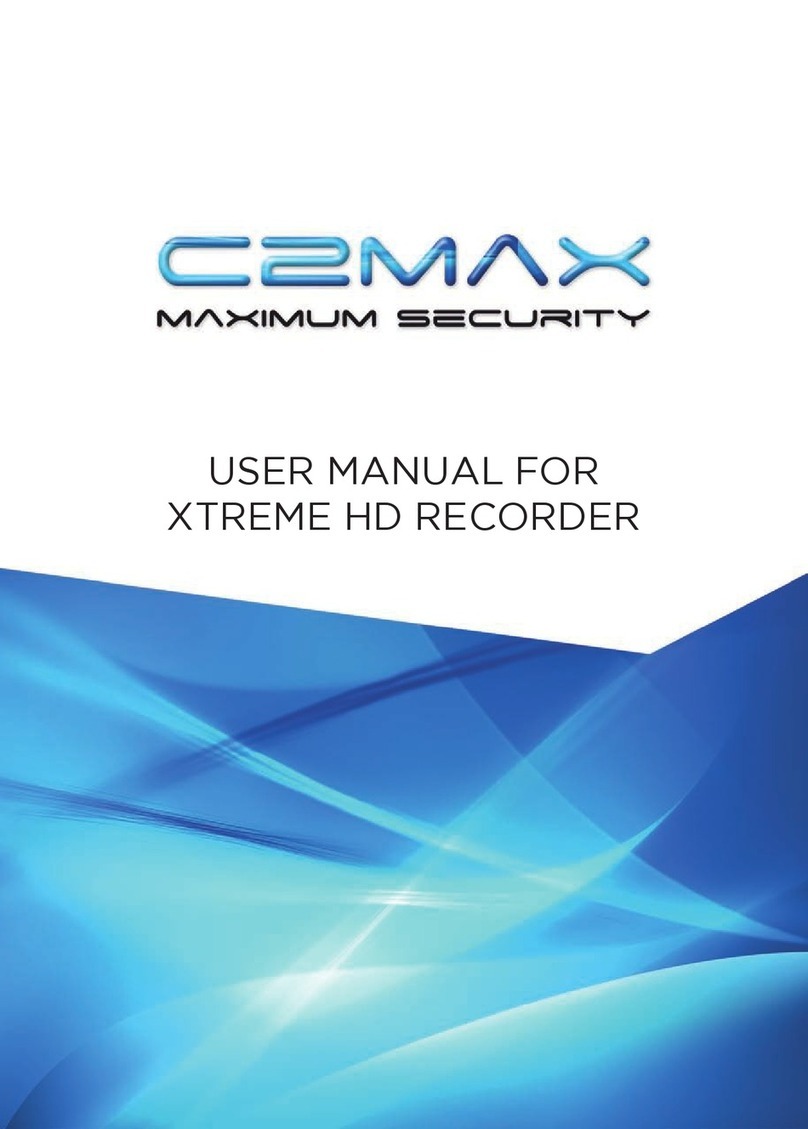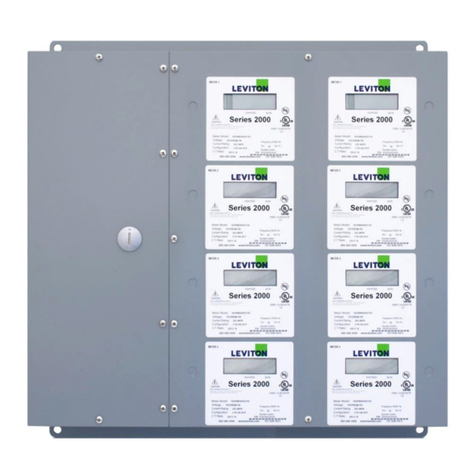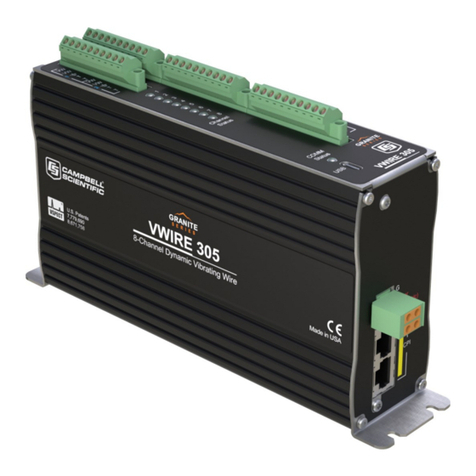CID Bio-Science F-750 User manual

DECLARATION OF CONFORMITY
Manufacturer:
CID Bio Science, Inc.
Felix Instruments –Applied Food Science
1554 NE 3rd Ave
Camas, WA 98607
Declares that the CE-marked Product:
Product Models (s):
Model F-750
Complies With:
89/336/EEC Electromagnetic Compatibility
Directive
73/23/EEC Low Voltage Directive
Compliance Standards:
EN 55027 RF Emissions Information
Technology Equipment
EN 50082-1 EMC Immunity Standard
EN 60950 Safety of Information
Technology Equipment
Including Electrical
Business Equipment
February 11, 2015
Leonard Felix
President

Table of Contents
Introduction ............................................................1
F-750 Produce Quality Meter ............................3
.............................................................................3
Features...............................................................4
Specifications ......................................................5
Theory of Operation............................................6
Operating Instructions ............................................8
Unpacking the F-750 ...........................................8
Loading the Battery.............................................8
.............................................................................9
Basic Operation.................................................10
Navigating Menus .............................................12
Menu Map.....................................................13
Select Model..................................................14
Browse Measurements .................................15
Setup Instrument ..........................................16
Warnings ...........................................................22
F-750 Data.........................................................23
WiFi SD Card Instructions..................................25
Instructions for Creating a Model .........................29
Step 1: Creating a Training Set..........................29
Step 2: Collecting Reference Values..................36

Step 3: Importing a Training Set and Reference
Values into Model Builder.................................37
Step 4: Creating a Model ..................................41
Step 5: Saving a Model to F-750 .......................53
Step 6: Validating the Model ............................53
Additional Instructions:.....................................55
Exporting Data from Model Builder..............55
Merging Training Sets in Model Builder........56
Alternate Method for Training Set Creation:
Manual Data Collection and Entry ................58
Building a Model to Measure Two Traits......64
Using the Small Fruit Adaptor Accessories ...66
Cleaning and Maintenance ...............................69
Firmware Update Procedure ........................70
Supporting Science................................................71
Fish Fat and Moisture Content .........................71
Wine Grape Anthocyanin Content....................72
Mango Model Optimal Wavelengths................73
Kiwifruit.............................................................74
Apple Dry Matter ..............................................74
Instrument Precision Optimization...................74
Publications.......................................................75
F-750 Vocabulary Definitions................................78

Technical Support..................................................82
Customer Service ..............................................83
Frequently Asked Questions .............................84
Warranty Information...........................................90
Appendix I: Mango Model Building Standard
Operating Procedure (SOP)...................................92
F-750 Production Test Check Sheet ....................101
Warranty Registration Card ................................104
This manual is updated for firmware version 1.2.6754

F-750 Instruction Manual 5/10/2017
1554 NE 3rd Ave, Camas, WA 98607, USA 1
Phone: (360) 833-8835
www.felixinstruments.com
Introduction
The F-750 Produce Quality Meter aids agricultural
suppliers in developing a fruit maturity and sweetness
management process for the benefit of growers,
processors, and consumers. Judging fruit maturity by
shape and color alone results in varying success. The F-750
delivers the stability, repeatability, and precision that is
necessary for successful chemometric-based
measurements without destroying the product in a
portable easy-to-use device. It comes equipped with a GPS
for spatial mapping, enabling users to generate orchard-
wide maps of fruit parameters. With this information,
users can plan harvest sequences and improve crop
management techniques. The F-750 uses Herschel-
infrared or NIR-a spectroscopy to estimate a variety of
important produce quality indicators such as dry matter,
Brix (total soluble solids), or acid content.
“For quantitative analysis of complex samples,
fast and inexpensive spectroscopic methods are
preferable to the slow, expensive, and destructive
‘wet chemical’ approach. Historically, one
disadvantage of spectroscopic methods has been
the difficulty of determining frequency regions
where the constituent of interest selectively
interacts with light. Now with the power of
multivariate techniques such as Partial Least
Squares, we can use the spectra (X) to predict the
concentration of the constituent of interest (Y),
with accuracy approaching that of wet chemistry.”

F-750 Instruction Manual 5/10/2017
21554 NE 3rd Ave, Camas, WA 98607, USA
Phone: (360) 833-8835
www.felixinstruments.com
Adapted from Sjostrom and Wold (1983). A multivariate
calibration problem in analytical chemistry solved by partial
least-square models in latent variables. Analytica Chimica
Acta, (150) 61-70.
The principles of operation of the F-750 Produce Quality
Meter allow it to predict ripeness indicators such as dry
matter, soluble sugar content, degrees of brix, and many
more. Dry Matter (DM) is the ratio of the water content
to the dry weight of the fruit. Dry matter is an indicator of
both taste and texture in certain fruits. High dry matter
fruits have sweeter tastes, stronger flavors, higher acidity,
and are richer in Vitamin C. Fruit continue to accumulate
dry matter until harvested. Once harvested, the DM of the
fruit and the upper potential for soluble sugars the fruit
will develop is fixed. The soluble sugar content (SSC) of a
fruit and the degrees of brix (°brix) are interchangeable
units for estimation of sugar concentration.
To generate an NIR prediction model, a calibration or
training set must be creating by collecting the spectra of a
large range of samples of the fruit of interest using the F-
750, then using traditional destructive techniques to
directly assess the parameters of interest (i.e. dry matter,
brix, etc). A prediction model is then built by loading the
spectra and reference data into the provided F-750 Model
Builder Software. From this point forward, the F-750 can
be equipped with the resulting model and be used to scan
single fruits, and will display the values predicted by the
model on the screen. The user can use this information
from the device to determine readiness for harvest, sale,
or consumption inexpensively and in seconds.

F-750 Instruction Manual 5/10/2017
41554 NE 3rd Ave, Camas, WA 98607, USA
Phone: (360) 833-8835
www.felixinstruments.com
Features
Portable, lightweight and easy to operate.
-One button operation for recording new measurements
Repeatable, precise, and non-destructive
measurements.
-Spectrometer standard deviation > 0.017%
True sunlight readable transflective display.
-Contrast of this display actually increases under brighter
sunlight
Removable, re-chargeable standard sized
batteries.
- Two sets of batteries included
- Stand-alone battery charger included
- Additional button-top 19670 (or protected 18650) batteries
can be purchased from a preferred battery vendor
48 channel GPS
-Allows spatial mapping of collected data

F-750 Instruction Manual 5/10/2017
1554 NE 3rd Ave, Camas, WA 98607, USA 5
Phone: (360) 833-8835
www.felixinstruments.com
Specifications
Spectrometer
ZEISS MMS1 VIS-NIR
Wavelength Range
310 –1100 nm (+/- 10 nm)
Spectral Sampling
3 nm
Spectral Resolution
8-13 nm
Accuracy
Expected: +/- 0.5oBrix RMSEP
(root mean square error of
prediction)
Battery Life
1600 scans (Variable)
PC Interface
USB and SD card (16 GB WiFi)
Data Recorded with
Each Measurement
Raw Data
Reflectance
Absorbance
Second & First Derivatives
Second Derivative Absorbance
Temperature Range
0-50OC
Weight
1.05 kg
Dimensions
7.1 x 4.75 x 1.75 inches (18 x 12 x
4. 5 cm)
Power Source
Removable 3100 Milliamp hour
lithium-ion battery
Light Source
Xenon Tungsten Lamp

F-750 Instruction Manual 5/10/2017
61554 NE 3rd Ave, Camas, WA 98607, USA
Phone: (360) 833-8835
www.felixinstruments.com
Theory of Operation
In order to generate an NIR model, create a training set
using the F-750 to record 2nd derivative absorbance data.
In order to make a strong model, training set samples must
consist of the entire range of fruit development for the
internal fruit quality parameter to be analyzed. Other
sources of variability should also be considered when
selecting training set samples and should include samples
with any parameters that could affect spectral response.
Next, using these same specimens, a property of interest
(reference value) is collected from the scan location on
the specimen. Typical specimens include produce such as
apples, mangos, or grapes, and a variety of parameters can
be measured such as brix or dry matter.
The Training Set and Reference Values gathered are
loaded into the supplied F-750 Model Builder Software
which identifies correlations between the Reference
Values and 2nd derivative absorbance spectra from the
Training Set. This is accomplished using non-linear
iterative partial least squares (NIPALS) regression. The
result is a prediction model which can be loaded onto the
F-750 device and used to measure the parameters used to
build the model.
With a model loaded on the F-750 device, the user places
a specimen on top of the scanner and presses the scan
button to record a new measurement.

F-750 Instruction Manual 5/10/2017
1554 NE 3rd Ave, Camas, WA 98607, USA 7
Phone: (360) 833-8835
www.felixinstruments.com
Figure 1: Interactance optical design; light rays illuminate an
anulus on the sample. The light then interacts with the sample
by internally scattering through the tissue. Light that undergoes
remission normal to the collimating lens is collected and
focused onto the fiber.
While recording a new measurement, the device…
a. Normalizes the spectrometer output using a
reference shutter.
b. Records darks scans to account for dark current
and ambient light.
c. Calculates diffuse reflectance by subtracting the
light reflected from the reference shutter from
the light reemitted by the subject.
d. Calculates reciprocal absorbance:
Log(1/Reflectance).
e. Calculates first and second derivative spectra by
applying Savitzky-Golay coefficients.
The second derivative spectra is then processed by the
prediction model, each wavelength is multiplied by the
regression coefficient, and all of the wavelengths are added up.
A final intercept coefficient is added, resulting in the predicted
value which the F-750 displays on screen, and saves to the
instrument’s SD card along with other information such as GPS
location, battery status, and temperature.

F-750 Instruction Manual 5/10/2017
81554 NE 3rd Ave, Camas, WA 98607, USA
Phone: (360) 833-8835
www.felixinstruments.com
Operating Instructions
Unpacking the F-750
The F-750 will arrive in a carrying case with removable,
rechargeable batteries, two battery chargers (one for the
wall and a car charger), a white Teflon disc for standard or
diagnostic scans, and a clip to attach the F-750 to a belt. In
addition, an SD card is included along with a hand strap.
There is a tripod mount located on the bottom of the F-
750 Produce Quality Meter case. Also included is a USB
cable which is used to update the firmware on the device
and a coring tool pictured below, which will aid in
removing sample tissue from a specimen for both Model
Building and Validation testing.
Loading the Battery
The F-750 uses 18650 Li-ion 3.7V 3100mAh rechargeable
batteries. The batteries must be removed from the F-750
to be charged. To remove the batteries, twist the battery
compartment cap, located on the bottom of the device
under the rubber bumper. The cap can be twisted with
fingers or a screwdriver to tighten or loosen. Use caution
when removing batteries, as the cap is spring loaded.
Both batteries should be inserted into the unit positive (+)
side first (towards lens side).

F-750 Instruction Manual 5/10/2017
10 1554 NE 3rd Ave, Camas, WA 98607, USA
Phone: (360) 833-8835
www.felixinstruments.com
Basic Operation
The rubber bumpers on the top and bottom should always
be installed when using the instrument as they prevent the
device from water damage. If the lens becomes dirty, it can
be cleaned with a soft cloth. The lens is made of extremely
durable Gorilla Glass and should not become scratched
with normal use. The strap should be tightened so that
the device has a snug and secure fit around the hand.
To take a measurement, power on the F-750 Produce
Quality Meter. The current model will be displayed. To
change the model refer to the Select Model section of the
manual. Place the sample on the lens so that it makes
contact with the perimeter of the bracket around the lens.
Press the scan button to record a new measurement.
During the measurement, the instrument will switch to the
scan display, then collect and process the data. As the
measurement is being collected ‘processing…’ will be
visible on the display. It is very important to keep the
sample in place until the ‘processing…’ cue disappears
and the measurement is complete.
The measurement is being collected as the 1st block is
displayed. The 2nd block is for processing data, and the 3rd
block is for saving the measurement. A final screen will
indicate that the data has been saved to the SD card before
displaying the record to be reviewed.
The data is stored to a removable SD card. To remove,
press SD card into the unit and it will eject. To replace,
insert metal side first with the label facing the back of the
unit.

F-750 Instruction Manual 5/10/2017
1554 NE 3rd Ave, Camas, WA 98607, USA 11
Phone: (360) 833-8835
www.felixinstruments.com
If the instrument locks up or requires a hard shut-off for
any other reason, hold down the power button for 10
seconds. This will force the F-750 power to turn off. Then,
the instrument can be restarted.
When the F-750 device is powered on, it will make a single
beeping sound if it is working smoothly. If not, the device
will issue more than one beep. The number of beeps can
be used to diagnose several errors that the instrument is
able to detect during start-up. The following table outlines
the number of beeps and the associated errors. Please
contact support@felixinstruments.com if you are unable
to bypass an error.
Number of Beeps
Error
2
Device in bootloader assist mode
3
Battery low
5
Settings corrupt
6
Model missing
7
Spectrometer error
8
Lamp error
9
Shutter error
10
Keystroke error
13
Graphics error
15
SD card error
16
Unhandled error
20
Unknown board layout/version
30
RAM (memory) error

F-750 Instruction Manual 5/10/2017
12 1554 NE 3rd Ave, Camas, WA 98607, USA
Phone: (360) 833-8835
www.felixinstruments.com
Navigating Menus
Use the power button to turn on the F-750. After the
instrument powers on, the display will show the current
model loaded on the unit and the battery life at the top of
the display. Instructions in the middle of the display
indicate to press the scan button to record a new
measurement or press the right arrow to access the main
menu.
Once at the Main Menu, the left arrow can be used to go
back or exit to the previous screen. The Main Menu
consists of three options: Select Model, Browse Records,
or Setup Instrument.
Menu Navigation Controls
Key
Function
Right Arrow
Enter/engage
Left Arrow
Exit/go back/erase
Up or Down Arrow
Scroll to select option
Hold Directional Arrow
Fast scroll to select
number/letter and to
scroll through
measurements
Power Button
Power on/off
Scan Button
Record a Measurement

F-750 Instruction Manual 5/10/2017
14 1554 NE 3rd Ave, Camas, WA 98607, USA
Phone: (360) 833-8835
www.felixinstruments.com
Select Model
The device will come pre-loaded with demo models, use
the up/down arrows to highlight the desired selection. To
make modifications to the model, press the right arrow
when the model is highlighted to get to the model sub-
menu.
These demo models can be downloaded from
www.FelixInstruments.com, and will include a text file
description of the model, the date the model was built,
and the varieties used to build the model.
Load Model: When the right arrow is pressed while this is
highlighted, the current model will be loaded, and the
screen will return to the beginning display.
-Collect Measurement: If the sub-menu of a model that
is already loaded is entered, the first option will be Collect
Measurement, rather than Load Model. Pressing on the
right key with this highlighted will collect a measurement,
similarly if the Scan button is pressed.
Measurements Per Specimen: This option allows the user
to set how many consecutive scans the device takes
automatically after the scan button is pressed.
Delay Between Measurements: If the measurements per
specimen is more than one, the Delay Between
Measurements option allows the user to set a pause of
however many seconds desired in between the
consecutive scans. The pause allows time for the device to
cool off in between scans or may be used by the user to
interrupt the consecutive scans by pressing any of the

F-750 Instruction Manual 5/10/2017
1554 NE 3rd Ave, Camas, WA 98607, USA 15
Phone: (360) 833-8835
www.felixinstruments.com
arrows and then pressing the left arrow to return to the
Main Menu.
Scans to Average: This option allows the user to select the
number of scans (measurements) that are averaged
together before a value is shown on the display.
Advanced Options: Several options can be accessed using
the model sub-menu, such as the Integration Time,
Intercept Coefficients, Lamp Off Shutter Open, and Lamp
Off Shutter Closed. The Auto Integration Time option
allows the user to switch between auto integration time
and manual integration time. When it is disabled, the
integration time values can be set manually. Only when
the Auto Integration Time is disabled are the options to
adjust the integration time turning the lamp on and off will
appear.
Using the Intercept Coefficient 1 and Intercept Coefficient
2 options, a new value to use for the intercept coefficient
can be entered. The intercept coefficient is from the
regression vector.
Press the left arrow to get back to the model sub-menu. If
the left arrow is erasing characters on the display, keep
pressing the left arrow to erase all the characters and then
it will exit to the previous menu.
Browse Measurements
Once a measurement is taken, it will be saved onto the SD
card and may be accessed by pressing the right arrow with
Browse Measurements highlighted. Use the up/down
arrows to highlight the desired measurement. Once it is

F-750 Instruction Manual 5/10/2017
16 1554 NE 3rd Ave, Camas, WA 98607, USA
Phone: (360) 833-8835
www.felixinstruments.com
highlighted, press the right arrow to access the
measurement data. Each measurement has different
parameters saved, depending on the model used when
taking the measurement. For example, a mango model
may include values for dry matter, color, and chlorophyll.
Press the right arrow while on the measurement data
screen to enter the file menu.
Change Lot #: This option allows the lot number of the
measurement to be changed.
Change Sample #: This option allows the sample number
of the measurement to be changed.
Delete Measurement: This option is used to remove a
record permanently.
Rename Measurement: This option is used to change the
filename of the measurement.
Measurement Details: This menu provides information
like the model used to collect the measurement,
timestamp, file size, collection details, and location of the
scan.
Setup Instrument
The Setup Instrument menu houses the features and
settings that are adjustable by the user.
Lot & Sample #: The lot and sample numbers are used to
help organize data so that the groups from which samples
are taken from may be recorded. For example, if multiple
boxes of apples had to be scanned, the lot number would
Table of contents
Other CID Bio-Science Measuring Instrument manuals



